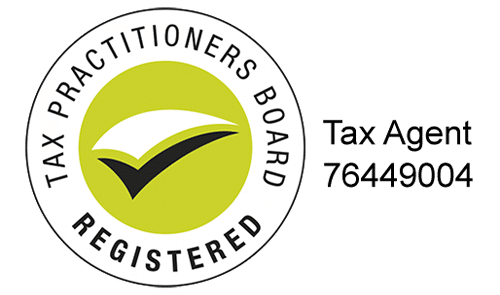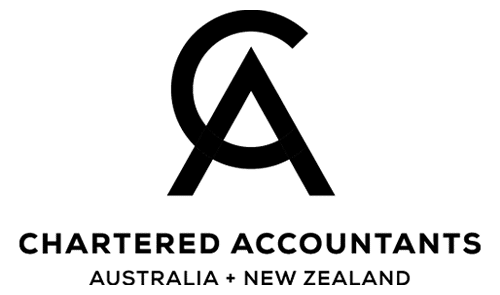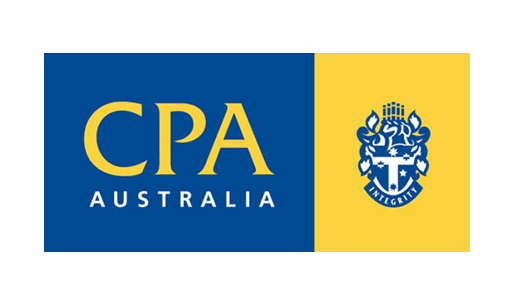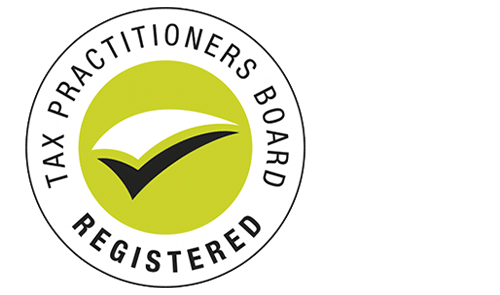When I finished high school and got my “O” level results (TEE to the very young), my Dad asked me what I planned to do. When I said that I was not sure, as passing the exams was my priority, he frog-marched me to the offices of the large reputable accounting firm of Cooper Brothers & Co. – later to become Coopers and Lybrand and then PWC. After a brief discussion between my father and the Senior Partner (“SP”), it was agreed that I would become an Accountant.
I joined the firm in the audit division a few days later and started accompanying an audit senior on various jobs. After a couple of weeks of doing highly specialised work (adding up ledgers, making copies of documents, filing documents, etc.) a few of us new recruits were asked to attend a training session with the SP – Auditing 101.
At the training session, the first question we were asked was “ What is an audit ?” 
The SP told us that an audit is an activity where the real world is compared against a “standard”. The method or technique used to compare the real world against the standard can be complex and challenging – being mindful that an audit is just an exercise in comparison.
He then gave the following example:
How do you check that your child’s bedroom is clean? You ask him (or her) if it is clean and he says that it is. You check for yourself, and view a scene resembling the effects of a tornado tearing through a toy shop! This is not clean in your opinion, because you have a different standard that defines clean compared to your son’s. So, you point out to your child that the multiple hazards lying in wait in the room to trip you up do not conform to the definition of “clean”. Congratulations – you have now conducted an audit!
In the business world, our standards can be accounting, taxation, compliance or even OHS. Financial professionals, accountants and auditors will put huge resources in place to ensure that the rules that measure the standards are followed. The result is that when we have standards, we can compare. Whether you are comparing Qantas’ financial statements with Lufthansa’s or an income and expenditure statement with a budget over the same period, remember that we cannot do either without the use of standards.
Contributed by
Raj Desai – Senior Auditor
Optima Audit, March 2015

